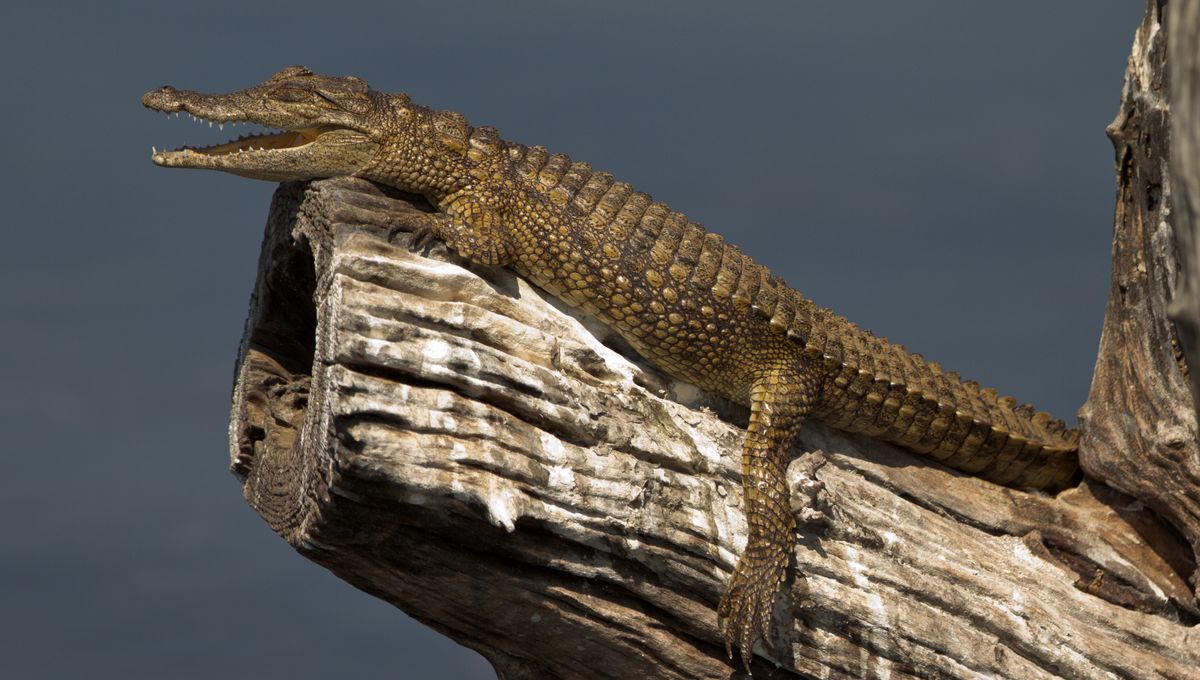
While lying in the sunshine all day is some people’s idea of a perfect holiday, the reality is that cold-blooded animals such as crocodiles and lizards need the warmth of the sun to get going, while humans and other warm-blooded animals are capable of generating our own heat. We ask the question: Why are humans warm-blooded?
Let’s start with some terminology
Cold-blooded animals are known as “ectotherms”, while warm-blooded creatures – including humans, other mammals, and birds – get the term “endotherms”. This means we maintain an internal temperature warmer than that of our environment. For birds it averages out at around 40°C (104°F), while humans should be around 37°C (98.6°F).
Maintaining a constant internal temperature is known as homeothermy. To maintain this constant temperature, endotherms have to eat a lot more regularly than ectotherms to fuel our bodies to create heat. Of course there are exceptions to these categories: naked mole-rats add to their weird list of characteristics by being the only ectothermic mammals, their temperature kept pretty constant by the underground network of tunnels they inhabit.
How did it all start?
There are differing theories and some controversy as to why endothermy evolved at all, and a combination of these existing ideas is most likely to be true. Looking back into the fossil record, it is thought that the ancestors of birds started to evolve endothermy around 140 million years ago. The ancestors of modern-day mammals are thought to have been warm-blooded as far back as the Triassic, over 200 million years ago.
Different theories
One of the first ideas is that endothermy was needed so that warm-blooded animals could live an active lifestyle and have enough energy to chase down fast-moving prey. This was proposed in a 1979 paper by Bennett and Ruben. They suggested that the main factor driving the evolution of endothermy was the increase in aerobic capabilities that allowed these animals to sustain high levels of activity.
Alternative ideas suggested that endothermy actually evolved in herbivores. Herbivores would require high levels of nitrogen, which would only be possible by digesting a large amount of plant matter. As a result they would consume enormously high levels of carbon, which would be burnt off as endothermy. This was proposed by Klaassen and Nolet.
“Most theories argue that hot blood evolved in smaller carnivores, and that may be true. If so, then the rise of endothermy might have facilitated herbivory as a way of life; it became a lot more feasible once hot blood had already evolved,” said author Marcel Klaassen, of the Netherlands Institute of Ecology, to New Scientist.
The answer is… we don’t know the answer
The evidence is still lacking when it comes to why human ancestors evolved endothermy. It could have been a combination of environmental changes in that era and or the rise in plant matter relating to nitrogen use. It could be that our ancestors needed greater oxygen abilities to sustain them in their hunts.
Some also suggest that endothermy evolved as a defence against fungal infections, since most fungi can’t reproduce at higher temperatures. It could be a combination of all of these factors; regardless, you’ll find us lying in the sun like a bunch of lizards.
Source Link: Why Did Humans Evolve To Be Warm-Blooded?